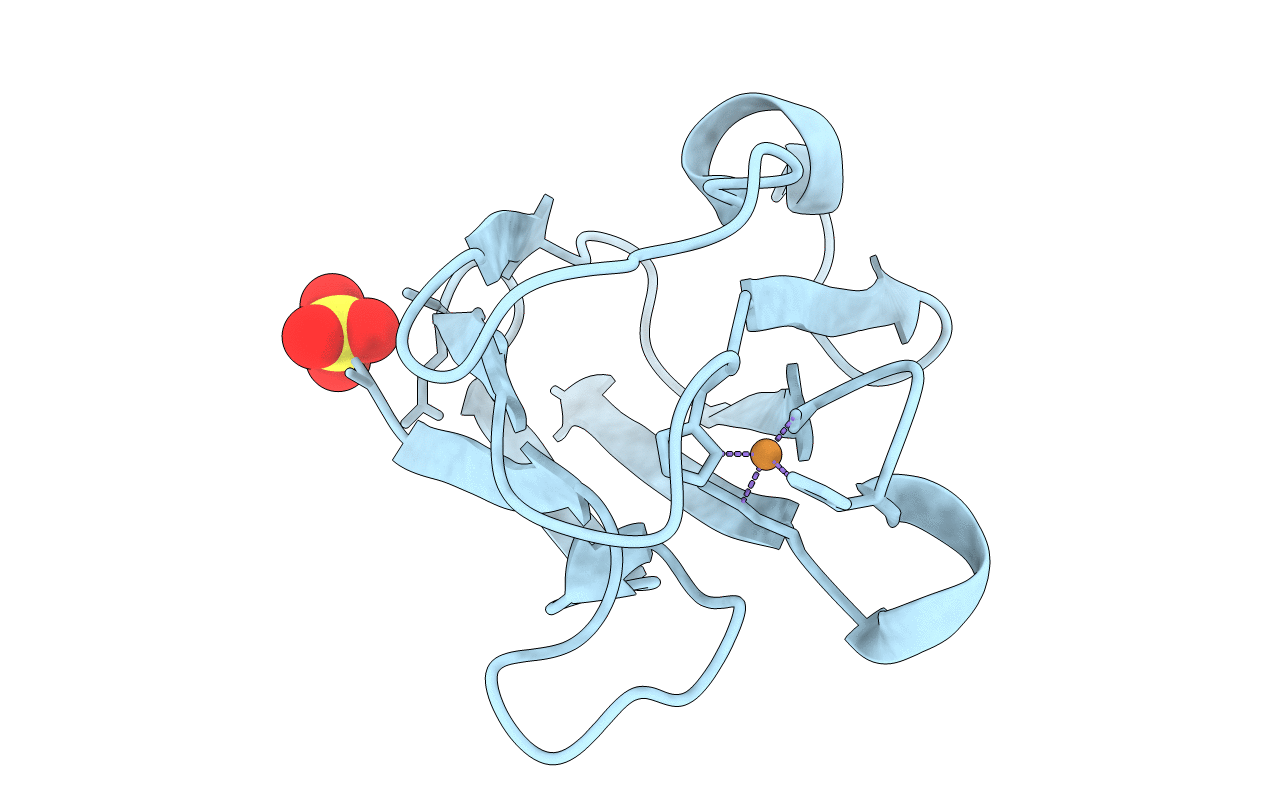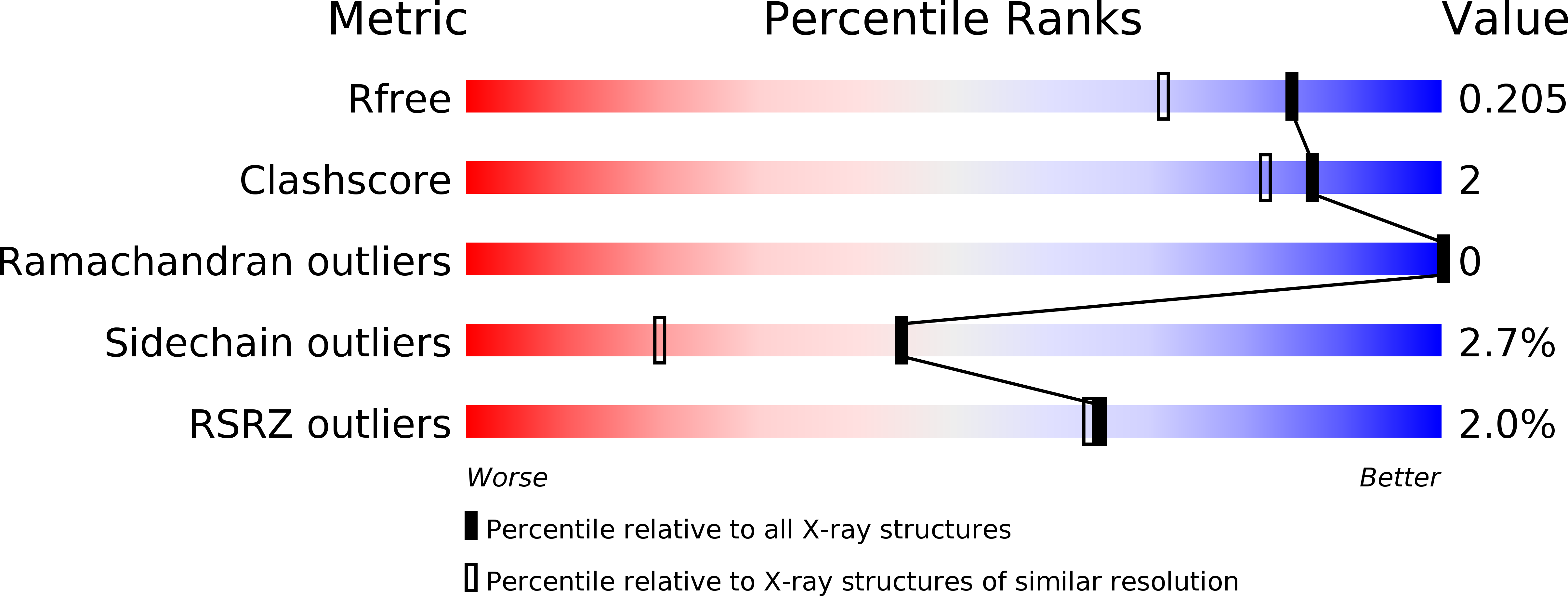
Deposition Date
1996-10-06
Release Date
1997-08-20
Last Version Date
2024-02-07
Method Details:
Experimental Method:
Resolution:
1.60 Å
R-Value Free:
0.21
R-Value Work:
0.17
R-Value Observed:
0.17
Space Group:
P 43 3 2


